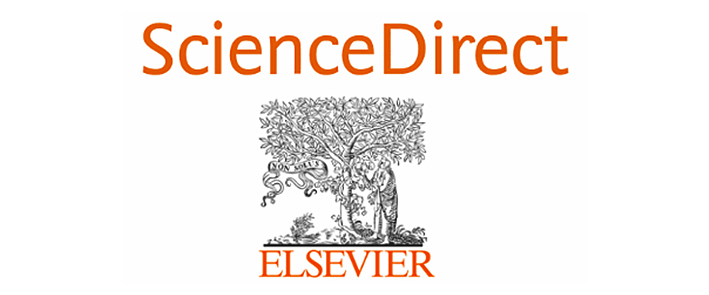Biological Control : Benefits and Risks [ electronic resource ] / edited by Heikki M. T. Hokkanen and James M. Lynch.
Contributor(s): Hokkanen, Heikki M.T [ editor] | Lynch , James M [joint editor].
Material type: TextSeries: Biotechnology Research (4). Publisher: Cambridge: Cambridge University Press , 2010ISBN: 9780511661730 ( e-book ).Subject(s): Natural Resource Management | Agriculture, Horticulture and forestry | Plant Sciences | Microbiology and Immunology | Life SciencesGenre/Form: Electronic booksDDC classification: 632.96 Online resources: https://doi.org/10.1017/CBO9780511661730 Click to view Summary: Biological control of insect pests, plant pathogens and weeds, is the only major alternative to the use of pesticides in agriculture and forestry. As with all technologies, there are benefits and risks associated with their utilization. This book is the outcome of a unique gathering of specialists to discuss and debate the benefits and risks associated with biological control. After intensive interaction it was concluded that we must place greater emphasis on the benefits, while not ignoring the potential risks. The authors address the various techniques and approaches used in biological control, including state-of-the-art reports and economic and risk analyses. The book will be of interest to researchers and postgraduate students in academia and industry in biotechnology, agriculture, forestry and environmental sciences.
TextSeries: Biotechnology Research (4). Publisher: Cambridge: Cambridge University Press , 2010ISBN: 9780511661730 ( e-book ).Subject(s): Natural Resource Management | Agriculture, Horticulture and forestry | Plant Sciences | Microbiology and Immunology | Life SciencesGenre/Form: Electronic booksDDC classification: 632.96 Online resources: https://doi.org/10.1017/CBO9780511661730 Click to view Summary: Biological control of insect pests, plant pathogens and weeds, is the only major alternative to the use of pesticides in agriculture and forestry. As with all technologies, there are benefits and risks associated with their utilization. This book is the outcome of a unique gathering of specialists to discuss and debate the benefits and risks associated with biological control. After intensive interaction it was concluded that we must place greater emphasis on the benefits, while not ignoring the potential risks. The authors address the various techniques and approaches used in biological control, including state-of-the-art reports and economic and risk analyses. The book will be of interest to researchers and postgraduate students in academia and industry in biotechnology, agriculture, forestry and environmental sciences.
| Item type | Current location | Call number | Status | Date due | Barcode |
|---|---|---|---|---|---|
 E-Book
E-Book
|
WWW | 632.96 HOK/E (Browse shelf) | Available | EB59 |
Biological control of insect pests, plant pathogens and weeds, is the only major alternative to the use of pesticides in agriculture and forestry. As with all technologies, there are benefits and risks associated with their utilization. This book is the outcome of a unique gathering of specialists to discuss and debate the benefits and risks associated with biological control. After intensive interaction it was concluded that we must place greater emphasis on the benefits, while not ignoring the potential risks. The authors address the various techniques and approaches used in biological control, including state-of-the-art reports and economic and risk analyses. The book will be of interest to researchers and postgraduate students in academia and industry in biotechnology, agriculture, forestry and environmental sciences.
























There are no comments for this item.